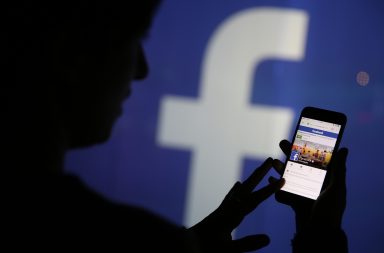A marketing analytics company’s recent data reveals that almost 50% traffic or readership to the fake news website is sourced from Facebook Inc (NASDAQ:FB). Jumpshot, the analytics firm that accounted the data, unveiled the list of top 10 fake or hyperpartisan news websites that get the maximum referral readership from Facebook.
Jumpshot’s Analysis of the Data
The firm compiled the data of first-time and unique visitors to a few sites from 1 September to 15 November 2016. These websites included over 20 popular fake or hyperpartisan news portals, The Onion (the news website with a pinch of satire on latest updates), The Huffington Post, CNN and The New York Times.
In its analysis, Jumpshot found that the established and reputed websites received only 20% of its traffic from Facebook. On the contrary, the fake websites relied heavily on Facebook for its readership. The traffic to these false news websites from Facebook accounted for 50%.
The data also revealed that a domain registered as Occupy Democrats was living mostly on Facebook referrals. It has 4.6 million (+) likes on Facebook, which means that it has a large readership through the social network. This website gets 79% of its traffic from Facebook.
The news about Facebook’s contribution to spreading fake content is substantial in the backdrop of Mark Zuckerberg’s statement pertaining to social network’s influence on the U.S. Elections 2016.

THE MORNING REPORT
Start your workday the right way with the news that matters most.
Your information is 100% secure with us and will never be shared Disclaimer & Privacy Policy
Click-baiting: Who is most likely to be bait to such sites?
Most of such fake news websites have a common trend to follow. In almost all the cases, the news story is never verified and is published with a headline that is click-enticing. Jumpshot data reveals that the age group that is mostly attracted to or will click such headlines on fake websites is 65 years and above.
The younger population, which is also the largest population on Facebook, is already aware of such websites. That is why; they are 16% less prone to clicking on such websites than the remaining population.





